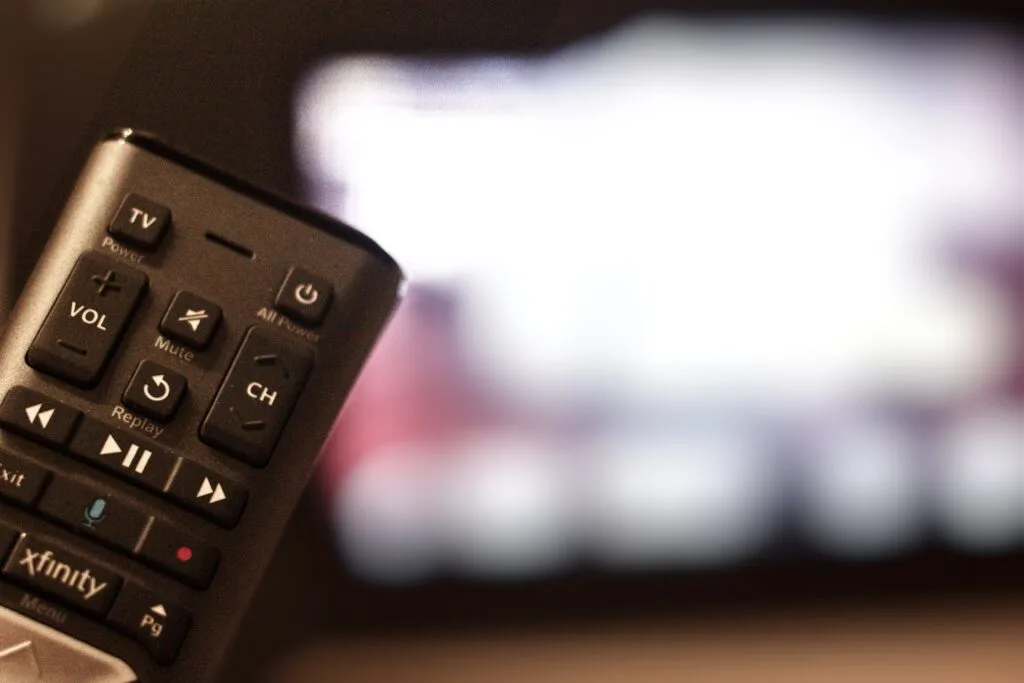
A few years ago, the American Economic Review published research showing when Fox News and other cable networks have a low channel number — say, channel 25 instead of channel 65 — people watch more.
New research builds on those findings, revealing important consequences for criminal defendants in counties where Fox News is easy to find in the cable guide.
Specifically, counties with high exposure to Fox News tend to elect judges who impose harsh criminal sentences, finds the research, which analyzes 7 million prison sentencing decisions from 2005 to 2017.
The paper, “Conservative News Media and Criminal Justice: Evidence from Exposure to Fox News Channel,” is the latest in a small but growing literature on the relationship between media viewership and criminal court outcomes.
“This Fox News effect, it’s not just changing discourse, it’s not just changing voting, it actually has some local policy impacts,” says Elliot Ash, one of the paper’s authors and an assistant professor of law, economics and data science ETH Zurich, a public research university in Switzerland. “Of course, it’s a very high stakes and expensive outcome. Criminal sentencing is a really costly decision and outcome so it’s important to see if media can influence that.”
Ash and co-author Michael Poyker, an assistant professor of economics at the University of Nottingham, link more Fox News viewership with longer sentences in particular for defendants convicted of crimes involving illegal drugs.
Ash and Poyker also identify harsher sentences for Black defendants, compared with white or Hispanic defendants, in counties where Fox News is especially popular.
With Black people “disproportionately arrested for non-violent drug-related offenses, the effect could be driven by racial bias in media messaging,” Ash and Poyker write. “Alternatively, it could be that ‘tough-on-drugs’ rather than ‘tough-on-crime’ rhetoric matters in this setting.”
Harsher sentences stemming from Fox News viewership holds only for elected judges, not appointed ones, find Ash and Poyker.
This effect plays out in two ways.
First, “tough-on-crime” judges running for the first time may have the upper hand over opponents who favor more moderate sentencing.
Second, judges already in office may, over time, begin to hand down harsher sentences in response to local voters who favor “tough-on-crime” judges because Fox News programs concentrating on that message are easy to find in their cable guides.
This finding mirrors other recent research that has found judges change their sentencing behavior based on political and other outside influences.
Appointed judges, by contrast, are tenured and less susceptible to public perceptions driven by Fox News viewership, Ash and Poyker write.
“Rather than shifting the policy preferences of judges directly, Fox News affects judge decisions by shifting voter attitudes, which then influence judges through the electoral process,” they write.
The paper is conditionally accepted for publication in a forthcoming issue of The Economic Journal. The content of the paper is unlikely to change before it is published in the coming months and the journal will first have to replicate the findings, Ash says.
Fox News viewership and policy preferences
Ash and Poyker also analyze Gallup survey data from 2010 to 2016 and find respondents think drug crime is an important policy issue in counties where Fox News is popular because it has a low channel number and is easy to find in the cable guide.
With more Fox News viewership linked to harsher sentences for people convicted of drug crimes, “we can draw a causal chain from Fox News exposure to voter attitudes to the behaviors of elected judges,” they write.
Ash and Poyker rule out several other potential explanations for harsher crime sentencing. For example, they do not find that prosecutors bring more serious charges because of local Fox News viewership and neither does viewership affect local crime rates.
“Future work could build on this evidence to explore further how media influences inter-group attitudes,” the authors conclude. “Using more localized and fine-grained data on racial attitudes over time would be a promising first step.”
Fox News channel position: A natural experiment
Past research has identified a relationship between channel position and viewership — namely, that people tend to watch more Fox News when it has a lower channel number.
When Fox News is at, say, channel 25 instead of channel 65, people watch it more, according to the research, published in September 2017 in the American Economic Review.
“If Fox News is at channel 10 or channel 20 that’s kind of nearby popular channels, like ESPN,” Ash says. “When there’s a commercial, you start searching around and you come across Fox News you might go watch it. But if Fox News is at 80 or 90, it’s far away from those popular channels and people rarely surf up that high.”
Fox News began broadcasting in 1996. The mid-1990s also saw networks like CNN, ESPN, HBO and MSNBC join or gain prominence among the cable ranks, along with numerous smaller upstarts.
Fox News in the mid-1990s was not the conservative news giant it is today, and it was established during a time when “chaotic factors generated persistent cross-system variation” in its channel position, write the authors of the 2017 paper, Stanford University political economist Gregory Martin and Stanford economist Ali Yurukoglu.
Where a network landed within cable channel lineups depended on negotiations with and technological changes happening at local cable systems.
The lowest channels were usually reserved for legacy over-the-air broadcasters — local ABC, CBS or NBC affiliates, for example. Lower channel position correlates to more viewership across networks with different types of programming, Martin and Yurukoglu find.
While new networks were forming, local cable systems were upgrading from analog to digital. Where a channel landed on a particular system’s lineup was a result of negotiations with the new networks and the timing of when the systems upgraded to digital, Martin and Yurukoglu write.
In short, the positioning of Fox News within a particular cable system’s lineup evolved apart from demographic, geographic and other factors research has shown can affect court sentencing decisions.


